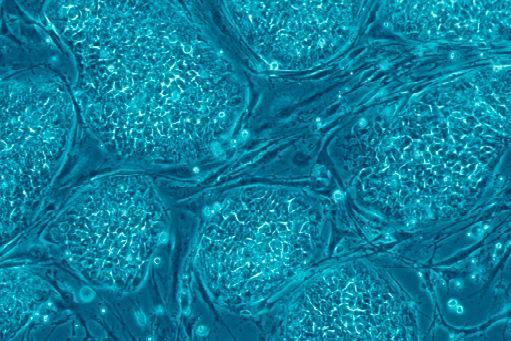The Possibility of a Fountain of Youth: Scientists Make Stem Cells from Adult Blood Cells

Researchers have developed a safe and effective way to convert adult blood cells to the way that they were when a person was a 6-day-old embryo. Conceivably, the research could be built upon to find solutions to conditions ranging from Parkinson's to Alzheimer's disease, and theoretically could be used to forge the road to eternal life.
Stem cell therapy is a field that doctors feel could change the realm of medicine forever, but it is controversial. The most potent stem cells come from embryos, but for ethical, moral and practical reasons (there is a severe lack of donors), it is hard to do research on them. Previous efforts to create stem cells from adult stem cells have been largely inefficient; in fact, only up to 0.5 percent of adult cells are successfully converted into stem cells. In addition, most attempts to give adult cells pluripotency, or the ability to convert into any cell in the body, use viruses. Those viruses, in turn, often lead to tumors because of the disruption to DNA.
But this method is different. Researchers extracted blood cells from the patients' spinal cords, and poked holes in the cells' membranes using electrical pulses. They inserted plasmids which are DNA molecules that are often found in bacteria that disappear after their work is complete. The plasmids were programmed with four genes to make the cells revert back to a primitive state. After the plasmids' duties had been completed, researchers combined the cells with irradiated bone-marrow cells. After two weeks, what had formerly been adult blood cells were now stem cells.
While the process may sound complicated - and it is - the efficiency rate is astounding. As many as 60 percent of adult blood cells were converted into stem cells using this process.
Researchers are now looking into the quality of the cells produced using this method. If they are successful, the discovery could revolutionize medicine and treatment.
The study was published in PLoS One.



























